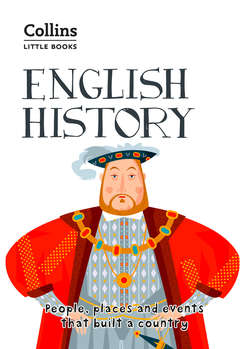Читать книгу English History: People, places and events that built a country - Robert Peal - Страница 21
Оглавление1086 | Domesday Book
Having conquered England, William set about creating a new ruling class of Norman noblemen. William seized the land from England’s Anglo-Saxon noblemen, many of whom had died fighting at Hastings, and transferred its ownership to his loyal Norman knights. Norman noblemen were given titles as Earls and Barons, and in the centre of their land they built large, intimidating castles to confirm their power. A strict social hierarchy (sometimes called the feudal system) was created, with Norman noblemen at the top, and their Anglo-Saxon vassals below.
To keep a record of this enormous transfer in land ownership, William the Conqueror ordered the Domesday Book to be written. For two years, Norman commissioners travelled the length and breadth of England, recording what this new kingdom contained down to the last pig, plough and beehive. Completed in 1086, it details the contents of over 13,000 different towns and villages. It is one of England’s most valuable historical documents, providing an extraordinary picture of life in the 11th century. For example, in 1085 Birmingham was a small village with just nine families and two ploughs. Today, it is England’s second largest city.
Granger Historical Picture Archive
